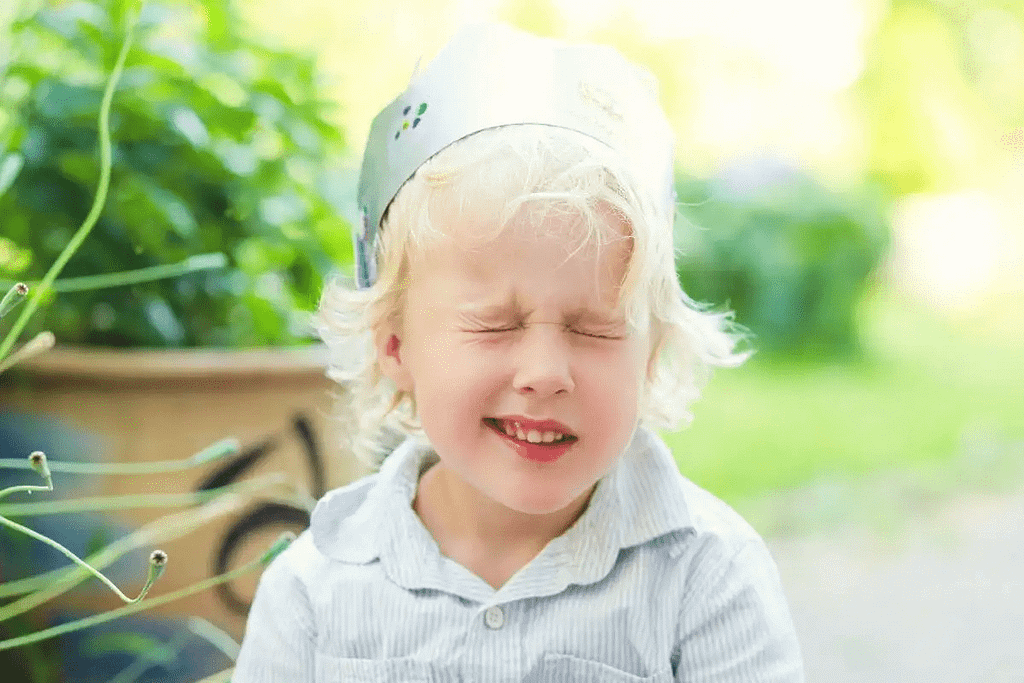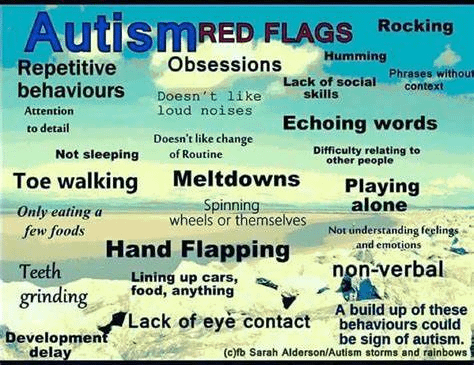
Imagine you’re sitting in a cozy classroom, surrounded by colorful posters and the sound of excited voices. Seven-year-old Jamie, usually bright-eyed and curious, begins blinking rapidly and frequently. His teacher notices this strange behavior and wonders if his eyes are irritated. His parents are equally confused especially when the excessive blinking continues at home, especially during stressful situations or sensory overload.
Jamie’s story is not unique. Many parents and caretakers of kids with autism experience similar behaviors that can be mystifying at first glance. This blog post seeks to illuminate why children on the spectrum blink too much and provide practical, compassionate strategies for managing it.
What is Considered Excessive Blinking?
While often recognized as a medical condition, excessive blinking can also be a behavioral response among autistic individuals. Unlike conditions such as blepharospasm (a neurological disorder characterized by involuntary eyelid twitching), excessive blinking in autism tends to stem from sensory and emotional causes.
Why Do Autistic Children Blink Too Much?
Sensory Triggers
Children with autism often perceive the world more intensely than their neurotypical peers. As a result, everyday sights, sounds, and textures may become overwhelming for them. Imagine going into a busy grocery store the bright fluorescent lights overhead, the hum of refrigerators around you, and snippets of conversation mixed together into an indistinguishable buzz it’s all too much! For Jamie, excess blinks could be his way of dealing with this sensory overload.
Emotional Triggers
Anxiety is another big factor here so consider that. Repetitive actions serve as self-soothing mechanisms when faced with situations that bring about uncertainty or discomfort. For example, during school exams or socializing events where there might be unfamiliar people or expectations he’s not sure how to meet it’s possible that what’s making him anxious is the reason behind his over-the-top blinking.

Practical Solutions for Addressing Too Much Blinking
The first step to managing excessive blinking is to know what causes it. Here are a few practical solutions and methods:
Occupational Therapy Approaches
Controlled Sensory Exposure: This means introducing the child to various sensory inputs slowly and in a well-regulated way so that they can learn to tolerate them. For example, Jamie might be gradually exposed to different lighting environments in a quiet place until he becomes comfortable with them.
Sensory Diets: Occupational therapists design these activities specifically for each individual’s sensory needs. They might involve playing with textured objects; using heavy blankets or sheets; engaging in deep pressure exercises etc., all aimed at calming down or stimulating specific senses as required by the person involved.
Environmental Adjustments
Create A Sensory-Friendly Environment: Sometimes changing some aspects of where one lives works wonders as far as reducing overwhelming sensations is concerned. This may entail turning down brightness levels, minimizing background noise levels, or even designating certain spots within a building as quiet zones among other things.
Visual Supports: Using pictures or other visual cues showing what should happen when can help reduce anxiety caused by uncertainty hence lessening behaviors like too much blinking which normally occur due to such fears being present in an individual’s mind at any given moment.
Support Activities for Parents and Caregivers
At-Home Sensory Play
Sensory Bins: Fill containers with rice, beans, or sand and have the child feel different textures. This can be calming and exciting too. Jamie could take pleasure in running his fingers through a bin of rice, discovering small hidden objects – this would be an enjoyable activity.
Calm Down Jars: Make jars filled with water, glitter and glue. Shaking the jar and watching the glitter settle can be a comforting activity for children who are overwhelmed by their senses.
Relaxation Exercises
Deep Breathing Techniques: Teach kids simple breathing exercises that can help them calm down. For instance, blowing bubbles or pretending to blow up a balloon could make deep breathing fun and effective for children.
Guided Imagery: Use storytelling to lead the child through a relaxing visualization. You might describe a peaceful beach scene where Jamie can imagine gentle waves lapping against his toes in the soft sand which will reduce stress levels therefore less blinking will occur as well.

Case Study: A Success Story about Sara
In this case study, I’d like to introduce you to six-year-old Sara. Just like Jamie, she blinked a lot more often than the average person in fact. At first, her parents thought it was a medical issue but then they consulted some doctors who told them that this blinking was due to sensory processing problems.
Sara’s journey began with an occupational therapist’s assessment, who created a sensory diet just for her. Every day, she would jump on the trampoline, play with bins full of interesting textures, and use a heavy blanket when she had quiet time.
Sara’s environment also changed at home. They installed dimmer lights and used noise-cancelling headphones during loud times. Visual schedules made her feel safer and less anxious.
One big step forward came when they taught Sara deep breathing exercises. Her mom or dad would have her blow bubbles or pretend to blow up balloons; it was such a simple thing but quickly became one of her favorites because it helped so much with managing all those overwhelming feelings!
Over time several months actually the blinking lessened considerably until finally stopping altogether. She also started getting comfortable in different places and learning how to calm down when everything around seemed too much for her to handle right then and there. What happened with this little girl is a really amazing example that shows us once again how important is to understand our kids’ unique sensory needs along with finding ways to help them manage those needs in a practical but also caring manner.
Wrapping UP!
Initially puzzling about autistic children who blink excessively can indeed be demystified if approached rightly. Significant change may be brought about by identifying emotional triggers together with practical solutions while involving supportive activities hence parents/caregivers should not give up hope.
As you go through this process with your child keep in mind what happened with Jamie as well as what worked for Sara. Every step taken towards creating an understanding surrounding will bring comfort not only to them but also to yourselves so please stay strong knowing that progress always comes hand in hand with patience and love.












No comments yet. Be the first!